Understanding Cable Connectors: Key Types, Their Applications, and Market Trends for 2023
In the rapidly evolving landscape of technology, understanding cable connectors has become crucial for both industry professionals and consumers alike. According to the latest report by Mordor Intelligence, the global cable connectors market is projected to reach USD 31.2 billion by 2025, growing at a CAGR of 5.8% from 2020. This growth is driven by advancements in telecommunications, automotive, and consumer electronics sectors, which increasingly rely on efficient and reliable connectivity solutions. As various types of cable connectors—such as Ethernet, USB, and HDMI—find diverse applications ranging from data transfer to high-definition video streaming, it is essential to grasp their functionalities and market trends. With the surge in IoT devices and smart technologies, the demand for high-performance cable connectors is set to rise significantly in 2023 and beyond, making it vital to stay informed about the key types and their specific uses in the market.

Understanding the Importance of Cable Connectors in Modern Electronics
Cable connectors play a critical role in modern electronics, serving as the essential links that facilitate seamless communication between various devices. With the ever-evolving technology landscape, the importance of reliable and efficient cable connectors cannot be overstated. They are pivotal in ensuring data integrity and power distribution in everything from smartphones and computers to industrial machinery and automotive applications. The right connector can greatly enhance performance, streamline assembly, and prevent connectivity issues that might arise from poor-quality components.
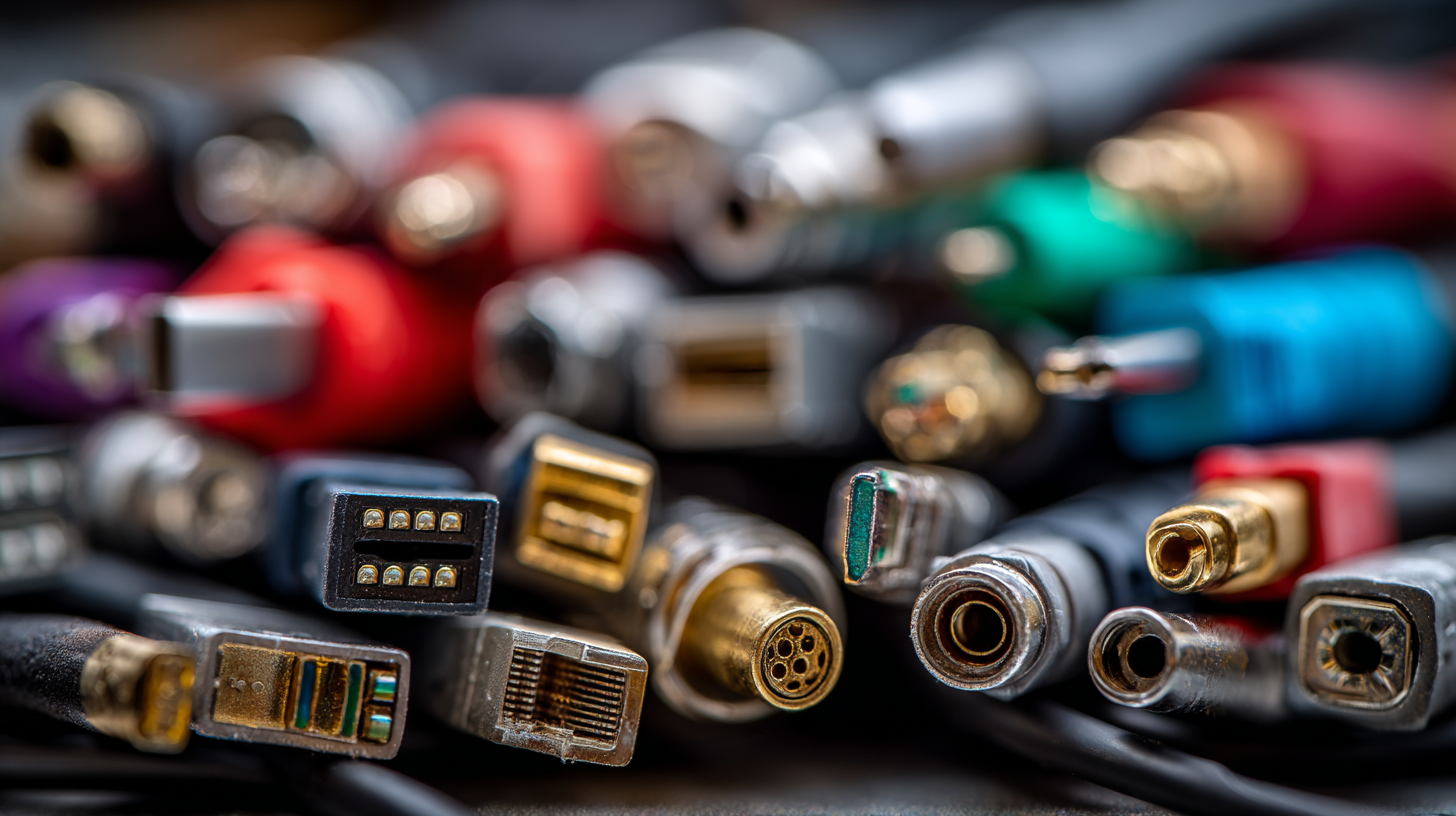
As technology advances, the demand for innovative cable connector designs continues to rise. Manufacturers are focusing on developing connectors that can withstand harsh environmental conditions while providing high-speed data transfer and enhanced durability. Factors such as miniaturization and the need for versatility in applications drive trends towards multifunctional connectors that can accommodate a wide range of use cases. In 2023, this emphasis on efficiency and adaptability not only addresses current market needs but also lays the groundwork for future advancements in electronics connectivity.
Exploring the Most Common Types of Cable Connectors and Their Uses
Cable connectors are essential elements in various electronic and industrial applications, facilitating seamless communication and power transmission. Among the most common types are USB connectors, RJ45 connectors, and HDMI connectors, each serving unique purposes. USB connectors are widely used in consumer electronics, enabling data transfer and charging for devices like smartphones and laptops. According to a report by Grand View Research, the global USB connector market is projected to reach USD 8.4 billion by 2025, driven by the increasing demand for portable devices.
RJ45 connectors, commonly found in networking applications, are pivotal for Ethernet connections in homes and businesses. As remote work continues to surge, the demand for robust networking solutions is expected to grow. A recent study by Fortune Business Insights indicates that the Ethernet switch market alone is anticipated to experience a CAGR of 5.2% from 2021 to 2028, reflecting the crucial role of RJ45 connectors in ensuring reliable network performance.
HDMI connectors are ubiquitous in audio-visual setups, connecting televisions, Blu-ray players, and gaming consoles. As the demand for 4K and 8K content increases, HDMI technology continues to evolve, with the HDMI Forum reporting that HDMI 2.1 has been adopted for its ability to support higher resolutions and refresh rates. This trend indicates a strong market shift towards enhanced visual and audio experiences, making HDMI connectors crucial for future developments in home entertainment systems.
Understanding Cable Connectors: Key Types, Their Applications, and Market Trends for 2023
| Connector Type | Applications | Market Trends (2023) |
|---|---|---|
| HDMI | Televisions, Projectors, Computers | Increasing adoption in home theaters and gaming |
| USB-C | Smartphones, Laptops, Tablets | Growing standard for fast charging and data transfer |
| RJ45 | Networking Equipment, Computers | Continued relevance in Ethernet networking |
| DisplayPort | Computer Monitors, Graphics Cards | Higher usage in professional display solutions |
| Coaxial | Television, Internet Modems | Stable use in broadcasting and cable internet |
| DVI | Monitors, Projectors | Declining in popularity but still used |
| Thunderbolt | Peripheral Devices, High-Performance Storage | Rising adoption in creative industries |
Market Trends in Cable Connectors: Innovations and Growth Projections for 2023
The cable connector market is experiencing significant growth, driven by innovations and rising demand across various sectors. In 2023, the global polyethylene market, which serves as a critical material in cable production, was valued at approximately USD 112.45 billion, with projections indicating it will reach USD 166.53 billion by 2034. This robust growth hints at a thriving landscape for the connectors industry, particularly as they find increased applications in telecommunications and data transmission.
The market for copper alloy connectors is also on a substantial upward trajectory, with valuations rising from $13.4 billion in 2023 to an anticipated $24.9 billion by 2033, reflecting a compound annual growth rate (CAGR) of 6.5%. Furthermore, the expanded beam fiber optic connectors are set to expand from $2.5 billion in 2024 to around $4.1 billion by 2034, emphasizing the technological advancements and shifting preferences within the market.
Tips: When choosing cable connectors, consider the specific application and environment to ensure compatibility and longevity. Staying informed about emerging trends can also provide a competitive edge in selecting connectors that enhance system performance.
Market Trends in Cable Connectors for 2023
Applications of Cable Connectors Across Various Industries and Sectors
As industries increasingly rely on advanced connectivity solutions, the applications of cable connectors span a wide range of sectors including telecommunications, aerospace, and industrial automation. The cable assembly market, which is integral to these sectors, is projected to experience significant growth, driven by the ongoing advancements in electronic devices and the expanding data center infrastructure. By 2034, the market is expected to play a crucial role in the global electronics and telecommunications industries, highlighting the need for reliable and efficient connector solutions.

In particular, the copper alloy connector market reflects robust growth trends, with opportunities arising from various applications such as power delivery and data transmission. The increasing demand for round, flat, and power connectors in harsh environments further emphasizes the versatility and critical importance of connectivity products across industries. Reports indicate that the RF interconnect market is also on an upward trajectory, anticipated to grow from $36.5 billion in 2025 to $75.2 billion by 2035. This growth underscores the need for connectors that can withstand extreme conditions while ensuring high performance, thereby enabling advancements in innovative technologies and applications.
Choosing the Right Cable Connector: Key Factors and Considerations
When choosing the right cable connector, several key factors need to be considered to ensure optimal performance and compatibility. The recent market trends indicate a significant shift towards connectors that are not only durable but also versatile, accommodating a variety of applications from consumer electronics to industrial use. According to industry reports, the global connector market is projected to reach $79 billion by 2026, driven by the increasing demand for advanced technologies and efficient connectivity solutions.
One critical consideration is the connector type based on the application requirements. For instance, high-speed data transmission applications often necessitate connectors that support specific standards like USB-C or HDMI 2.1, each having distinct specifications that influence performance. Furthermore, environmental factors such as temperature and humidity can impact connector longevity and reliability; therefore, selecting connectors with appropriate backshells or sealing technologies can greatly enhance performance in harsh conditions. This attention to detail is essential for achieving the desired integrity in high-performance interconnects, positioning end-users to leverage the full potential of their systems.
Related Posts
-
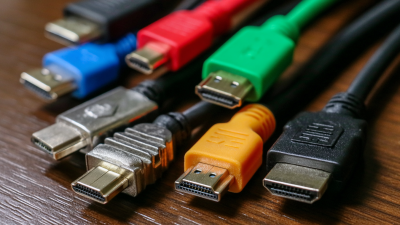
7 Best Cable Connectors You Should Invest In Right Now
-
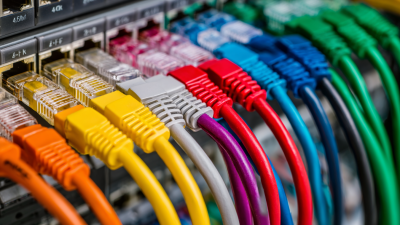
The Ultimate Guide to Choosing the Right Cable Kits for Your DIY Projects
-

How to Choose the Right Coax Adapters for Your Connectivity Needs
-
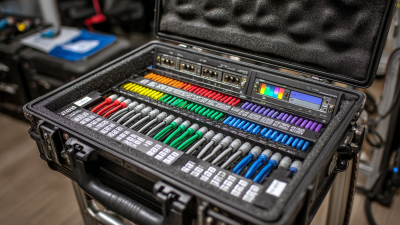
Ultimate Guide to Choosing the Right Cable Tester for Your Networking Needs
-

Understanding RJ45 Wiring Types and Their Applications in Modern Networking
-
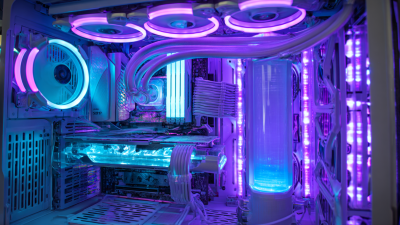
How to Choose the Best Cable Management Tools for Your Workspace

